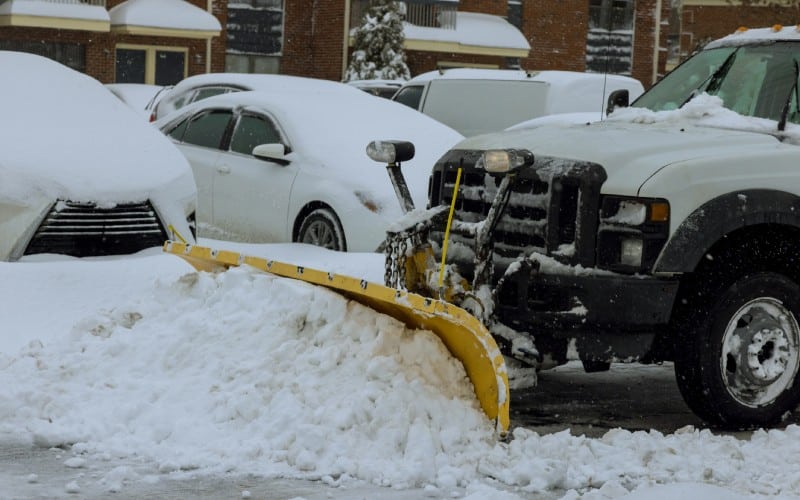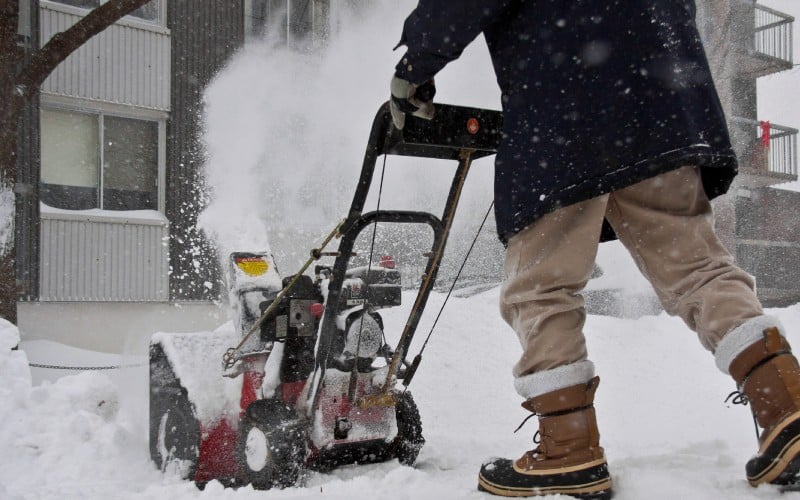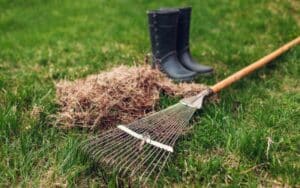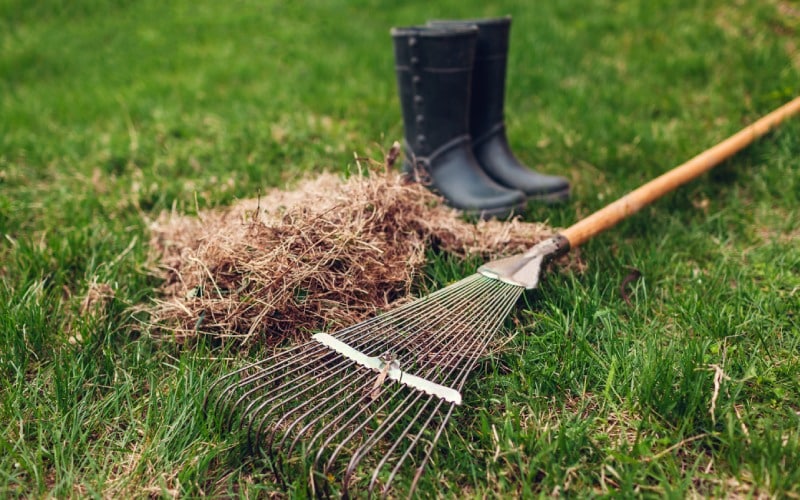When winter’s chill hits Ontario, snow can quickly accumulate, creating hazardous walkways and access points to properties. As a tenant, you might be wondering who’s responsible for clearing that snow away. The Ontario Court of Appeal has clarified this issue, ruling that landlords can’t offload this duty onto tenants without a separate agreement.
If your lease suddenly tasks you with snow removal, you’ll want to know your rights. The law is clear: landlords are tasked with keeping common areas free of snow and ice. Understanding these obligations can ensure that you’re not left out in the cold, figuratively speaking, when it comes to your safety and comfort during Ontario’s frosty months.
Responsibilities of Landlords in Ontario
Maintenance Responsibilities of Landlords
As a tenant in Ontario, you’re entitled to a well-maintained home. This isn’t just common courtesy — it’s a legal requirement enforced by the Ontario Residential Tenancies Act (RTA). Under the RTA, landlords must ensure rental units comply with stringent maintenance standards. These obligations include a range of tasks essential for your comfortable living.
- Furnace maintenance: Your landlord is typically on the hook for keeping the heating system in check, which includes replacing furnace filters. This is crucial for a warm and safe indoor environment during Ontario’s harsh winters.
- Day-to-day cleanliness: While you’re generally responsible for keeping your leased space tidy, landlords have to ensure common areas are properly maintained. Remember, the lease can specify different terms if both parties agree.
- Pest and rubbish control: Landlords must prevent the annoyance and possible health hazards that pests and rubbish can bring into a shared living space.
- Structural integrity: Expect landlords to manage the upkeep of the property’s physical condition — say goodbye to the worry of unsound structures or deteriorations.
Specific Responsibilities for Snow Removal
When the snow piles up, you might wonder if it’s your job to grab a shovel. In Ontario, landlords are primarily responsible for snow and ice removal in common areas of properties. You should be able to freely navigate roads, pathways, parking areas, and garbage storage areas without the fear of slipping on ice.
| Aspect | Landlord Responsibility |
| Snow removal | Yes |
| Ice maintenance | Yes |
| Sidewalk clearing | Yes (by local bylaws) |
| Private entryways | Varies (tenant often responsible) |
Snow removal is expected within a reasonable timeframe after a snow event, as mandated by local bylaws. Failure to comply can result in fines or legal ramifications for property owners. A clear rental agreement should outline these details, ensuring mutual understanding between you and your landlord.
For detached homes with private entries, it’s common for tenants to shoulder the responsibility of removing snow. The lease agreement may also feature arrangements for tenants to take on snow maintenance in exchange for some form of compensation. In any situation, it’s advised to keep a dialogue open with your landlord to clarify expectations regarding winter maintenance.
Understanding the Residential Tenancies Act
The Residential Tenancies Act (RTA) of Ontario outlines that landlords are statutorily required to maintain rental properties, which includes managing snow and ice to prevent unsafe conditions. Under Ontario Regulation 517/06, exterior common areas such as pathways and parking lots are the landlord’s responsibility to keep clear. While the RTA establishes a general framework, it allows for specific details regarding maintenance obligations to be outlined in lease agreements.
Landlords can’t simply delegate snow removal to tenants without a clear agreement. When it comes to exclusive-use areas like a tenant’s private driveway, the Act does not automatically assign snow removal duties to the landlord. A landlord is required to provide a 24-hour notice before entering a tenant’s exclusive-use area for maintenance, including snow removal. Without a proper stipulation in the lease, mandating tenants to manage such tasks could be seen as unreasonable.
Tenant’s Responsibilities for Snow Removal
As a tenant, unless explicitly agreed upon in the lease, you are typically not responsible for snow removal in common areas. However, for exclusive-use areas, the RTA, under section 33, implies that “ordinary cleanliness” is your responsibility. It’s vital to define what “ordinary cleanliness” entails, and this could include, to some extent, removing snow and debris from such areas.

Exceptions and Special Circumstances
As a tenant or landlord in Ontario, it’s important to understand that snow removal responsibilities can vary based on property type. Below is a breakdown of the different scenarios you may encounter.
Commercial Buildings
Commercial landlords typically bear a greater burden when it comes to maintaining their properties, which includes snow and ice removal. Here’s what you need to know:
- Duty of Care: Commercial property owners have a duty of care to ensure that all public access areas such as parking lots and walkways are safe for use.
- Municipal Bylaws: Many municipalities have specific bylaws that mandate the timely removal of snow and ice.
- Liability: Failing to adhere to these standards can result in liability for slip and fall accidents on the property.
Condominiums and Co-ops
Condominium corporations and co-operatives have their own unique arrangements for snow removal:
- Condo Boards: They often contract out snow removal services as part of their management duties; costs are covered by residents through maintenance fees.
- Shared Responsibility: Residents may still be responsible for exclusive-use areas, but this varies by condo declaration.
Residential Buildings with Multiple Units
For multi-unit residential properties, the delegation of snow removal tasks can become complex:
- Lease Agreements: Landlords need to clearly outline responsibilities in leases to ensure all areas are addressed.
- Common Areas: Landlords are responsible for clearing snow and ice from common areas such as walkways and exterior staircases.
- Exclusive Use: Areas solely used by one tenant may require a separate agreement for snow removal duties.
Remember, always review your lease and local bylaws to understand your specific responsibilities regarding snow removal.
Consequences of Failure to Remove Snow
Failing to remove snow and ice from rental properties in Ontario can lead to significant consequences for landlords and tenants. It’s not just about keeping walkways clean—it’s about adhering to legal standards and upholding tenant rights.
Legal Implications
Neglecting Snow Removal Duties: If you, as a landlord, fail to remove snow and ice, it could be deemed a neglect of statutory obligations under the Ontario Residential Tenancies Act (RTA). This can lead to various legal consequences ranging from fines to lawsuits.
Slip and Fall Incidents: In cases where someone injures themselves due to untreated ice and snow, you may be held liable. This can result in compensation claims and increased insurance premiums.
Statutory Fines: Local municipalities may also impose fines for non-compliance with snow removal bylaws. For example, the City of Toronto can issue fines for property owners who fail to clear snow from sidewalks within 12 hours after a snowfall.

Navigating snow removal responsibilities in Ontario requires a clear understanding of your legal obligations. As a landlord, you’re not just ensuring compliance but also safeguarding the well-being of your tenants and protecting yourself from potential legal action. Don’t overlook the importance of staying informed and proactive with winter maintenance. It’s essential for fostering safe tenancies and maintaining your property’s integrity throughout the frosty months. Remember, it’s better to be diligent with snow removal than to deal with the aftermath of neglect.















